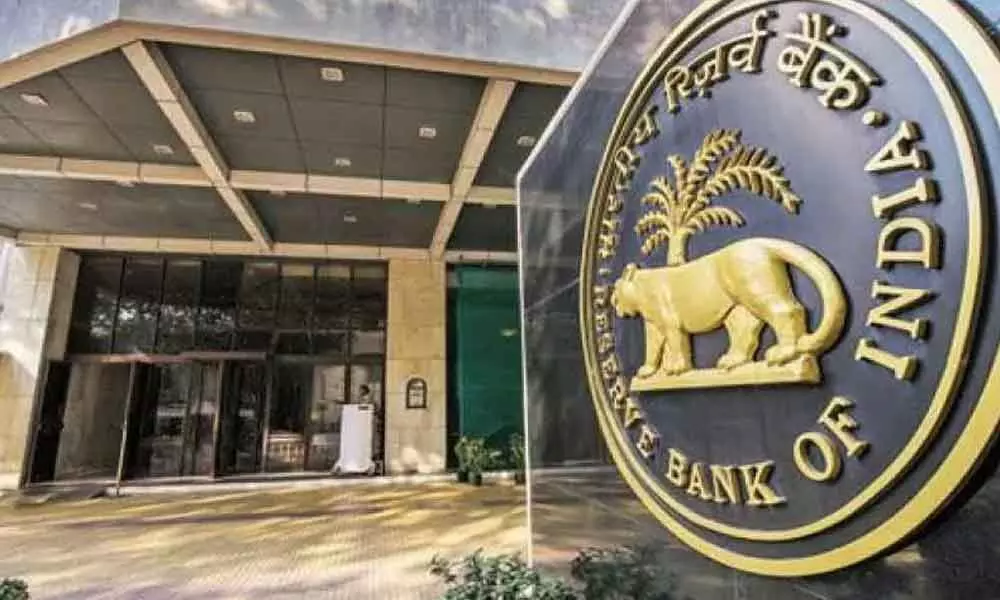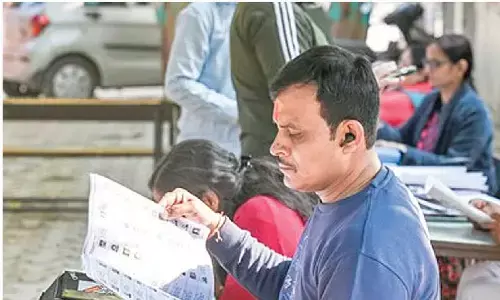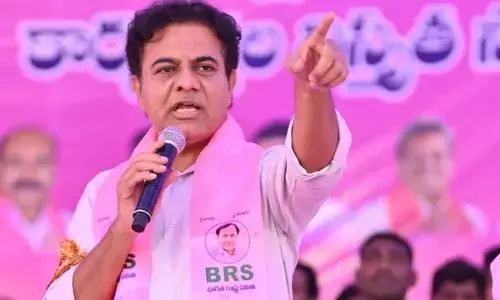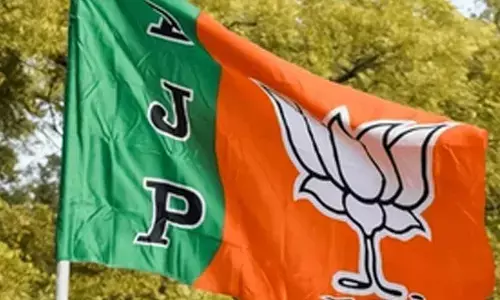RBI's new index set to spur financial inclusion

Reserve Bank of India
The new financial inclusion index will not just include bank accounts, but also bring a wide range of other areas including investments, insurance, postal and pensions within its purview
Financial inclusion in this country remained alarmingly low for many decades after Independence. Despite the spread of a nation-wide banking system and policy measures designed to ensure establishment of rural banking branches, the proportion of those who were able to access financial services was less than half of the adult population till a few years ago.
The situation has altered gradually in recent times with the advent of digital technology and the use of mobile phone banking. This has made it possible for bank accounts to be opened and serviced even in remote areas.
The process of financial inclusion was also given a huge fillip with the launch of the Pradhan Mantri Jan Dhan Yojana in 2014. This enabled unbanked persons to open accounts without any minimum deposit along with certain other facilities like accident insurance cover.
More important, all financial benefits given by government under various schemes could be transferred directly into these accounts. In other words, there was no need for any intermediary to help the account holder access these benefits.
The PMJDY is now in its seventh year and has 43 crore account holders. Banking officials say the average amount in these accounts is about Rs 3,000 to Rs 4,000, indicating these have become a savings instruments for low income families.
Even though official data also shows that about 5.8 crore or 14 per cent of these accounts are inoperative, the bulk of the accounts are still in active use. The entire Jan Dhan scheme has thus ended up expanding the scope of financial inclusion in a big way by enabling direct benefits transfer to crores of beneficiaries.
The scheme has also been given a positive rating by the global financial inclusion database of the World Bank, considered to be the most comprehensive dataset of its kind. It maintains there has been considerable increase in financial inclusion after the launch of the PMJDY in 2014.
It estimates the number of adults having bank accounts has risen from 53 per cent in 2014 to 80 per cent currently owing to the Jan Dhan Yojana.
It is must be acknowledged, however, that merely opening bank accounts is not enough to actually ensure financial inclusion as these could be either unused or utilised in a desultory fashion. To find out whether there is financial inclusion in the real sense, the Reserve Bank of India has launched its own financial inclusion index.
It will not just include bank accounts but also bring a wide range of other areas including investments, insurance, postal and pensions within its purview. The new index gives the highest weightage of 45 per cent to usage, followed by 35 per cent for access and 20 per cent for quality.
According to the central bank, the extent of financial inclusion will be expressed in a range from 0 to 100 where 0 represents complete financial exclusion and 100 indicates full financial inclusion.
The initial data revealed in the FI Index for the 2021 fiscal has reached the halfway mark at 53.9 compared to 43.4 for 2016-17. Thus there has been a 24 per cent improvement in financial inclusion from March 2017 till now.
At the same time, it also shows that despite the Jan Dhan Yojana accounts and the virtual explosion of digital payments including UPI, there is still a vast amount of financial exclusion especially in terms of quality. In fact, it indicates that financial exclusion is as high as 46.1 per cent, judging by its parameters.
The RBI Governor Shaktikanta Das has also pointed out recently that the launch of the Jan Dhan Yojana accounts has addressed the access and usage issues of financial services to a considerable extent. But the third challenge of quality requires both demand and supply side interventions, he commented.
It is this quality aspect of the index that goes beyond the mere numbers of those who have now come within the ambit of the banking system. It considers wider issues such as financial literacy, consumer protection and inequality and deficiencies in services.
The creation of the index is not only timely but gives a more nuanced picture of financial inclusion rather than merely going by the fact that the unbanked proportion of the adult population are now estimated at just about 20 per cent. The fact is, financial literacy needs to be upgraded rapidly for those who have newly opened bank accounts and are receiving direct benefits transfers.
Besides, there are is also the fear of frauds and scams, as a fall out of the digital payments revolution. New bank account holders need to be made aware of the pitfalls of digital payments despite their ease of operations.
The RBI itself has been undertaking massive advertising campaigns to improve financial literacy and reduce the extent of banking frauds. But greater consumer protection is needed to those suffering loss of hard earned money as a result of these scams.
The new index will also gauge the extent to which investments, insurance, postal schemes and pensions have improved financial literacy and brought about an improvement in the quality of financial inclusion.
There is no doubt that the RBI's initiative is timely especially, since digital payments have increased exponentially during the pandemic. It is essential for the general public to have a better idea of the various financial instruments that are available in the market and also to understand the pitfalls along with the benefits.
The index is bound to serve as a guidepost both to the central government and the RBI itself on the kind of policy measures needed to improve financial literacy and enhance financial inclusion in the economy.


















